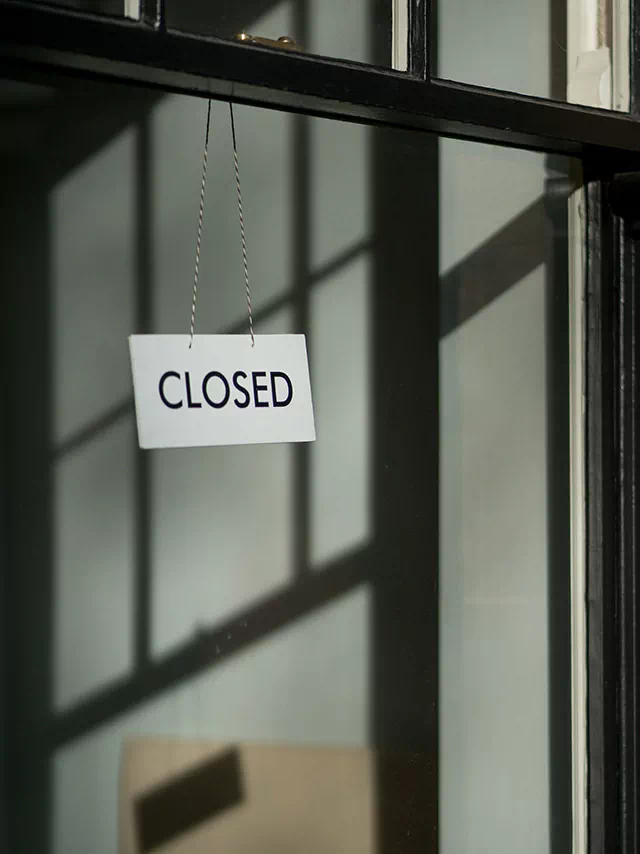The bankruptcy of a stock broker can be a stressful and uncertain time for customers who have invested their money with the firm. When a brokerage firm files for bankruptcy, the court will appoint a trustee who will be responsible for liquidating the firm’s assets to pay off its debts. This means that any cash or securities held by the firm may be sold to pay off debts. In this situation, customers who had cash or securities held by the broker may not be able to access their funds or securities until the bankruptcy proceedings are completed. However, there are options available for customers to recover some or all of their funds or securities, such as the Securities Investor Protection Corporation (SIPC) and the broker’s errors and omissions insurance.
When a stock broker goes bankrupt, the following points may happen:
Liquidate
When a brokerage firm files for bankruptcy, the court will appoint a trustee who will be responsible for liquidating the firm’s assets to pay off its debts. This means that any cash or securities held by the firm may be sold to pay off debts. The process of liquidation can take a long time, often several months or even years, depending on the complexity of the case and the amount of assets to be distributed.
Cash or securities
Customers who had cash or securities held by the broker may also be affected by the bankruptcy. They may not be able to access their funds or securities until the bankruptcy proceedings are completed. This can be a difficult situation for customers, as they may need access to their funds or securities to meet their financial obligations.
Recovery
The Securities Investor Protection Corporation (SIPC) is a government-backed organization that provides limited protection to customers of failed brokerage firms. In the event of a brokerage firm’s failure, SIPC may step in to help customers recover their cash and securities. This protection is limited to $500,000 per customer, including up to $250,000 for cash. However, it should be noted that SIPC does not cover a loss of value of a customer’s securities.
The amount of money that a customer can recover will depend on the amount of money they had invested and the availability of assets to be distributed. The more assets a firm has, the more likely it is that customers will be able to recover a greater portion of their investments. However, if the firm has few assets, customers may recover less or nothing.
Broker-dealers are required to carry errors and omissions insurance, also known as professional liability insurance, to protect their clients from any losses resulting from their actions. If a broker-dealer’s actions led to a customer’s loss, the customer may be able to recover their losses through the broker’s errors and omissions insurance.
If customers are unable to recover their funds through the above methods, they may file a claim in the bankruptcy court. The court will determine the priority of the claims and distribute the assets accordingly.
The broker’s clients can also contact the regulatory body of the state in which the broker is licensed to find out what protection may be available to them
Customers can also contact the regulatory body of the state in which the broker is licensed to find out what protection may be available to them. These regulatory bodies are responsible for overseeing the activities of brokerage firms and ensuring that they operate in compliance with state and federal laws. They may be able to provide additional information or assistance to customers who have been affected by a broker’s bankruptcy.
However, it’s important to know that there are options available to recover some or all of their funds or securities. The Securities Investor Protection Corporation (SIPC) and the broker’s errors and omissions insurance can be a way for customers to recover their money.





